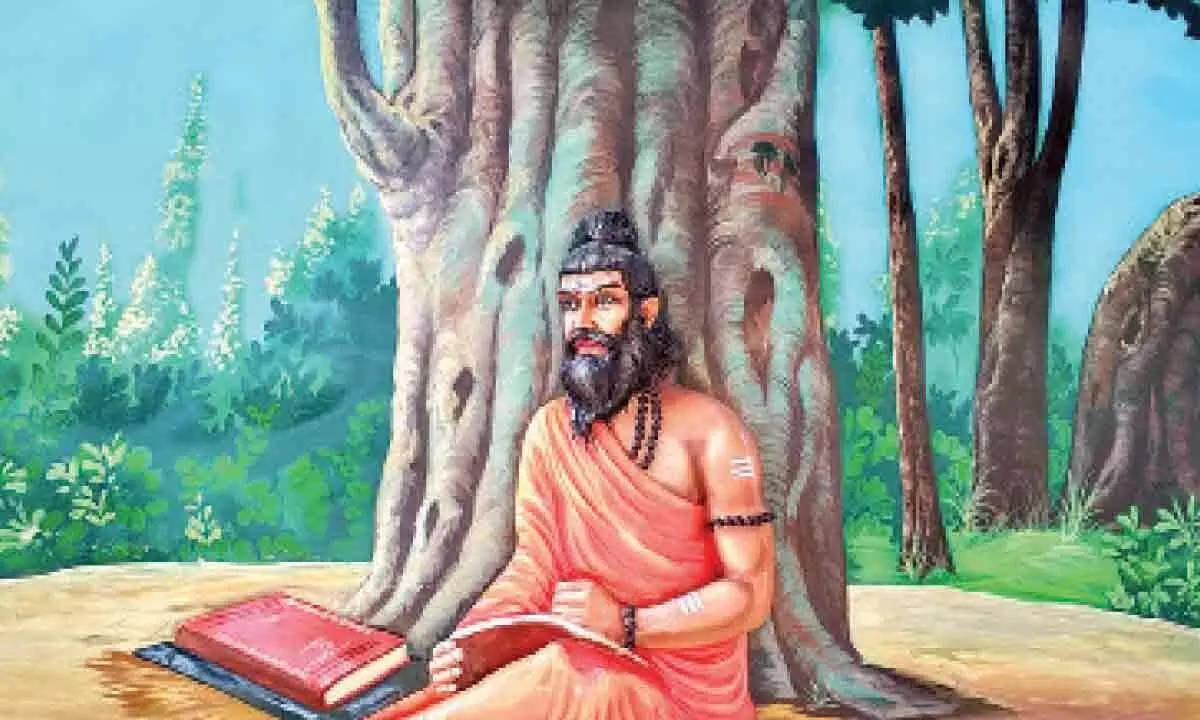Mind – Tool or Obstacle?

According to Vedanta, mind is the only tool and obstacle for self-enquiry. It is the only equipment with which we can think, but unfortunately, it is so filled with the world that it does not settle down to think. Hence, the teachers of Vedanta analysed the mind and gave much importance to decluttering the mind and reducing the burden of the world
According to Vedanta, mind is the only tool and obstacle for self-enquiry. It is the only equipment with which we can think, but unfortunately, it is so filled with the world that it does not settle down to think. Hence, the teachers of Vedanta analysed the mind and gave much importance to decluttering the mind and reducing the burden of the world.
The mind functions in four different layers: firstly, ‘manas’, the mere cognitive state in which the mind merely knows the objects; secondly, ‘buddhi’, the thinking faculty in which the mind evaluates; third, the ‘aham’, the notion of ‘I’ in which the mind realises that it knows; and lastly, chittam, the recalling faculty at a later stage. It is this last layer in which there are umpteen sub-conscious impressions caused by innumerable interactions we have with the world. Every transaction produces either a positive or negative subconscious impression. When I eat a pizza, it produces a positive impression, and it provokes the mind to have the same experience again. Another interaction with a person may produce a bitter impression, leading to dislike. Such impressions are called ‘Vasana-s’ (from the root ‘vas’, ‘to dwell’, as in nivasa) as they dwell in the mind. As long as such impressions of likes, dislikes, hatred, greed, etc., remain, it may be possible to focus the mind on worldly sciences, but it will be impossible to focus the mind on self-enquiry.
At the initial stage, scriptures help a person in reducing the world in the mind. They tend to create dispassion, ‘vairagya’, to some extent. A person starts his spiritual quest, but the subconscious comes up in a different form. Even when a person becomes a seeker, there is ambition, pride and so on in different forms. Sri Shankaracharya (in the Vivekachudamani) identifies three types of ‘Vasana-s’ which are pitfalls and calls for ‘Vasana-kshaya’, their eradication.
The first is ‘loka-vasana’, the desire to ingratiate oneself to the people, to get their praise and approval. This is a great pitfall for a seeker. Each person entertains a notion of superiority, comparing himself with others. This takes him away from the goal.
The second is ‘Shastra-Vasana’, an obsession with acquiring knowledge of a variety of texts unconnected with the spiritual path. ‘Upanishads’ tell the story of sage Bharadwaja, who wanted to study all the ‘Vedas’ but could not complete even a fraction of them. He got an extension of a few hundred more years from the creator, and even then, he could not complete them. The creator took pity on him and told him the path of knowledge. Texts give another example of sage Durvasa, who used to move with a huge load of books. He once carried them to Shiva. Narada ridiculed him, saying that he was carrying a huge load like a donkey. Durvasa threw away the books and got self-knowledge from Shiva. These examples do not ask us to throw our books away, but they illustrate the need for instruction from a teacher, followed by contemplation and not merely the books. The third is ‘deha-vasana’, the strong identification with the body-mind-complex. This is despite the study of scriptures, which say that the real nature of a ‘jiva’ is essentially the same as Brahman. Careful upkeep of the body by various means, impressive attire, etc., are examples of this pitfall. We also see some teachers ornately dressed and walking on ramps, greeting the crowds. ‘Vedanta’ does not say that the body has to be ignored, but taking extreme interest in presentability becomes a pitfall.
The ‘Kathopanishad’ rightly says that the progress of a seeker is as delicate as walking on a razor’s edge.
(The writer is a former DGP, Andhra Pradesh)














